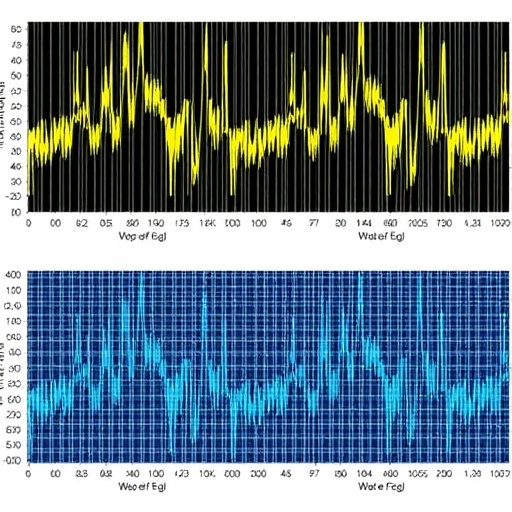ANN ARBOR, Mich. – Rotator cuff tears are common injuries, and proper healing of the shoulder muscle is often difficult.
“Chronic tears often result in fat accumulation within the rotator cuff muscles, resulting in negative clinical outcomes, including weakening and atrophy of the muscles,” says Manuel Schubert, M.D., resident in orthopaedic surgery at Michigan Medicine. “It’s believed that this process of fat infiltration makes rotator cuff muscle damage one of the most difficult to rehabilitate after injury.”
Schubert explains that the process of fat accumulation following a tear appears to occur more frequently in rotator cuff muscles than other muscle groups.
But why this particular muscle set?
“We wanted to determine if there are cellular, molecular and genetic reasons for why rotator cuff muscles tend to develop this fat accumulation after injury,” he says.
In a new study, published in the Journal of Bone & Joint Surgery, Schubert and team used a mouse model to isolate specific stem cells, called satellite cells, in rotator cuff muscles, as well as calf muscles for comparison, to determine the extent of muscle and fat cells that develop from these satellite cells.
They then performed DNA-level studies to understand how the gene pathways of the muscles may differ.
“Even though the stem cells obtained from the rotator cuff muscles and the calf are thought to be the same kind of muscle stem cells, we wanted to determine if these cells are different in how their development is controlled,” Schubert says, “Which may provide insight for why fat tends to accumulate more in rotator cuff muscles.”
Key findings
The research team first obtained and isolated stem cells in each muscle to identify which cells develop into muscle cells and which develop into fat cells.
“The muscle stem cells from the rotator cuff developed into 23 percent fewer muscle cells and they showed an 87 percent decrease in a marker for muscle formation compared to the calf muscle stem cells,” Schubert says. “The rotator cuff stem cells also had a four- to 65-fold increase in markers of genes involved in fat cell generation.”
Next, the research team performed DNA-level studies in the stem cells from each muscle to examine gene activation.
“These studies identified 355 different regions of DNA between the stem cells from the rotator cuff and the calf muscle,” Schubert says. “Using a pathway enrichment analysis we found that the genes activated in the rotator cuff muscle were in regions related to fat metabolism and adipogenesis, or the formation of fat or fatty tissue.”
The research team notes that the activation of these regions suggests that the muscle stem cells from the rotator cuff have DNA that is programmed to more easily become fat cells.
“This study was the first of its kind to study DNA modification in the context of rotator cuff disease,” says Christopher Mendias, Ph.D., A.T.C., adjunct associate professor of orthopaedic surgery at Michigan Medicine. “It allowed us to gain insight into studying the nature of this common and debilitating condition, and it will set the stage for many additional studies.”
Future research
While further research is needed, this study provides insights into how future research in the rotator cuff could potentially lead to new therapeutic and clinical treatments.
“On the therapeutic side, for example, it may be possible in the future to take a patient’s own muscle stem cells from a muscle that heals better and with less fat formation than the rotator cuff muscles,” Schubert says. “During surgery, we could then transplant these stem cells from a muscle, such as the calf, to rotator cuff muscles and perhaps they could help the muscle heal with less fatty infiltration.”
Asheesh Bedi, M.D., professor and chief of sports medicine and the Michigan Center for Human Athletic Medicine and Performance (MCHAMP) at Michigan Medicine and one of the co-authors of the study, explains how the study could benefit patients he sees in clinic.
“This work provides the fundamental mechanistic explanation to what we see clinically,” he says. “When the muscle has changed, it can limit the outcome and return of strength even when we successfully repair the tear. Understanding this pathway gives us potential therapeutic pathways to augment our surgeries to help the muscle recover along with the healing tendon.”
The research team plans to continue its work into examining the rotator cuff. They currently have research underway to further study the nature of fat accumulation in patients with rotator cuff tears and understand how stem cells and immune cells work together to modify the muscle after injury.
###
Additional Michigan Medicine authors of the study include Andrew Noah, M.S., and Jonathan Gumucio, Ph.D.
Media Contact
Kylie Urban
[email protected]
Related Journal Article
https:/
http://dx.




